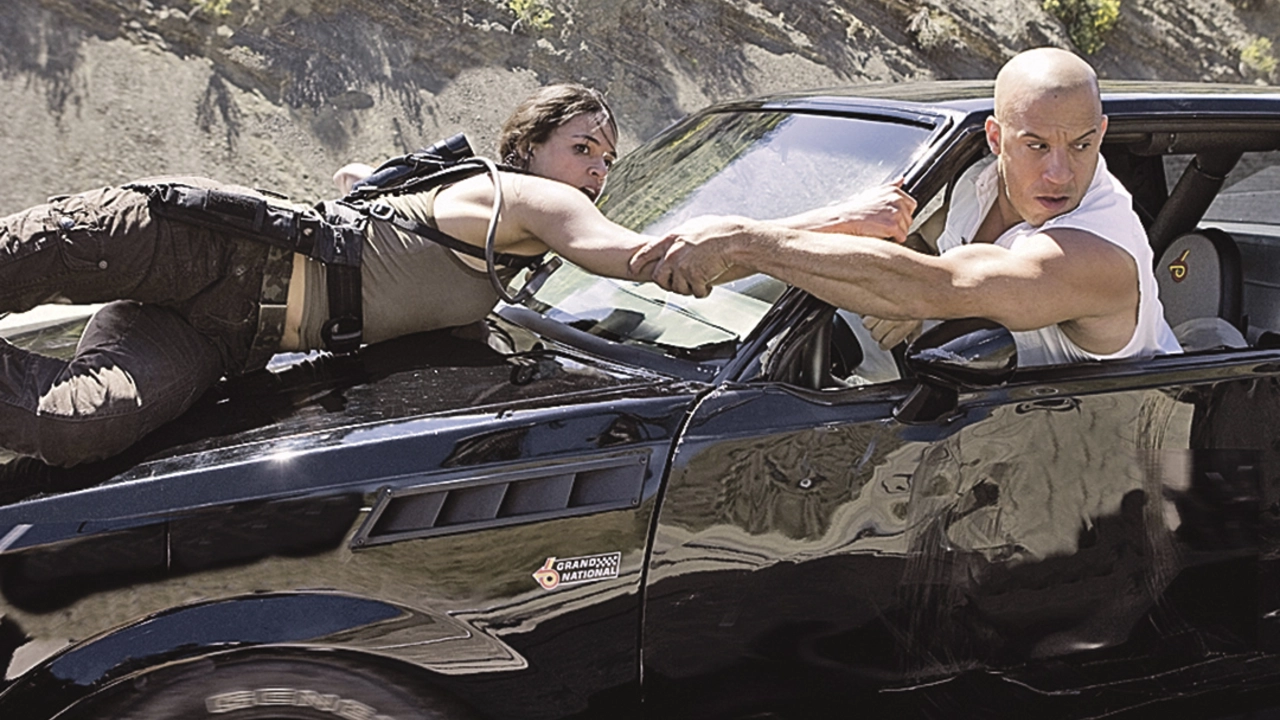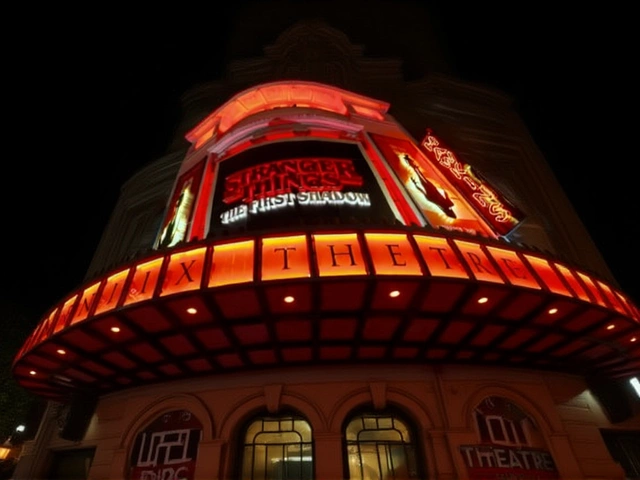Movie Reviews: Fast Cars, Big Thrills
If you love speed, you probably love movies that put wheels on screen. At Thrilling Auto Races we mix car culture with film talk, so you get a quick look at what works and what doesn't in car movies. This page gathers honest, no‑fluff reviews for anyone who wants to know if a film is worth the popcorn and the adrenaline.
How Real Is “The Fast and the Furious”?
Most of us have asked the same question while watching the franchise: can any of that actually happen on a real street? The short answer is no. Cars don’t jump over bridges, they don’t magically drift through traffic, and they certainly don’t turn into jet‑powered rockets without major upgrades. The physics in the movies ignore friction, tire grip, and the limits of engine output. Yet the series nails the feeling of raw excitement. The roar of the engine, the tight camera cuts, and the bold stunts keep our hearts racing even if a mechanic would shake their head.
One reviewer points out that the series treats Newton like a background extra. Real car chases involve careful planning, not endless drifts. Even the best stunt drivers need safety rigs and rehearsals. Still, the movies succeed because they sell a fantasy that feels personal. When a hero slides a car into a perfect drift, we all picture ourselves behind the wheel, even if the physics say otherwise.
What Makes a Good Car Movie?
A solid car movie balances three things: believable stakes, cool cars, and a story that pulls you in. First, you need a reason to care about the race. It could be a rivalry, a personal goal, or a high‑price prize. Without that, the action feels empty. Second, the cars themselves should be stars. Viewers love to see classics, tuners, or futuristic rides, and they enjoy hearing a bit about the tech behind them. Finally, the plot must have real characters. If the driver’s backstory is shallow, the audience won’t stay for the final lap.
Take a film like "Rush" – a true‑story drama about the 1976 F1 rivalry. It mixes real racing footage with personal drama, so the speed feels grounded and the characters feel real. Compare that to a pure stunt showcase that offers no reason to cheer beyond the explosions. Both can be fun, but the first leaves a stronger impression.
When we write a review, we ask: does the movie give us a taste of real driving, or is it just visual noise? We look at how the director uses camera angles, sound, and pacing. Quick cuts can pump up excitement, but too many can make the audience dizzy. Good sound design lets you hear the engine’s growl, the squeal of tires, and the roar of the crowd, making you feel part of the event.
Our reviews also note how the film treats car culture. Some movies use racing as a backdrop for unrelated drama, missing the chance to celebrate the community. Others embrace the culture, showing garage work, tuning sessions, and the camaraderie among drivers. Those details make the world feel lived‑in, which fans appreciate.
In short, a great car movie doesn’t need perfect physics, but it does need heart, clear stakes, and cars that feel iconic. Whether you’re watching a high‑budget blockbuster or an indie documentary, these elements separate a memorable ride from a forgettable one.
Browse our latest reviews below to find the next film that will make you want to rev the engine and hit the road. Each review is short, honest, and packed with the kind of detail that helps you decide if a movie deserves a seat on your watchlist.



